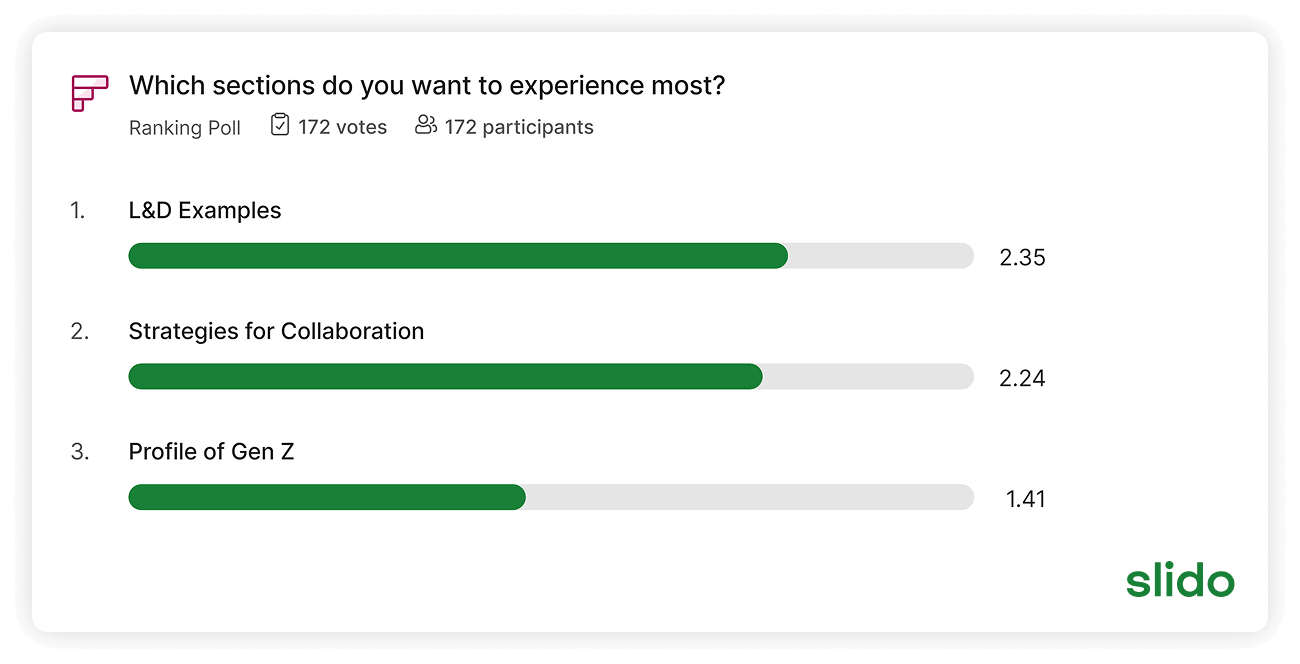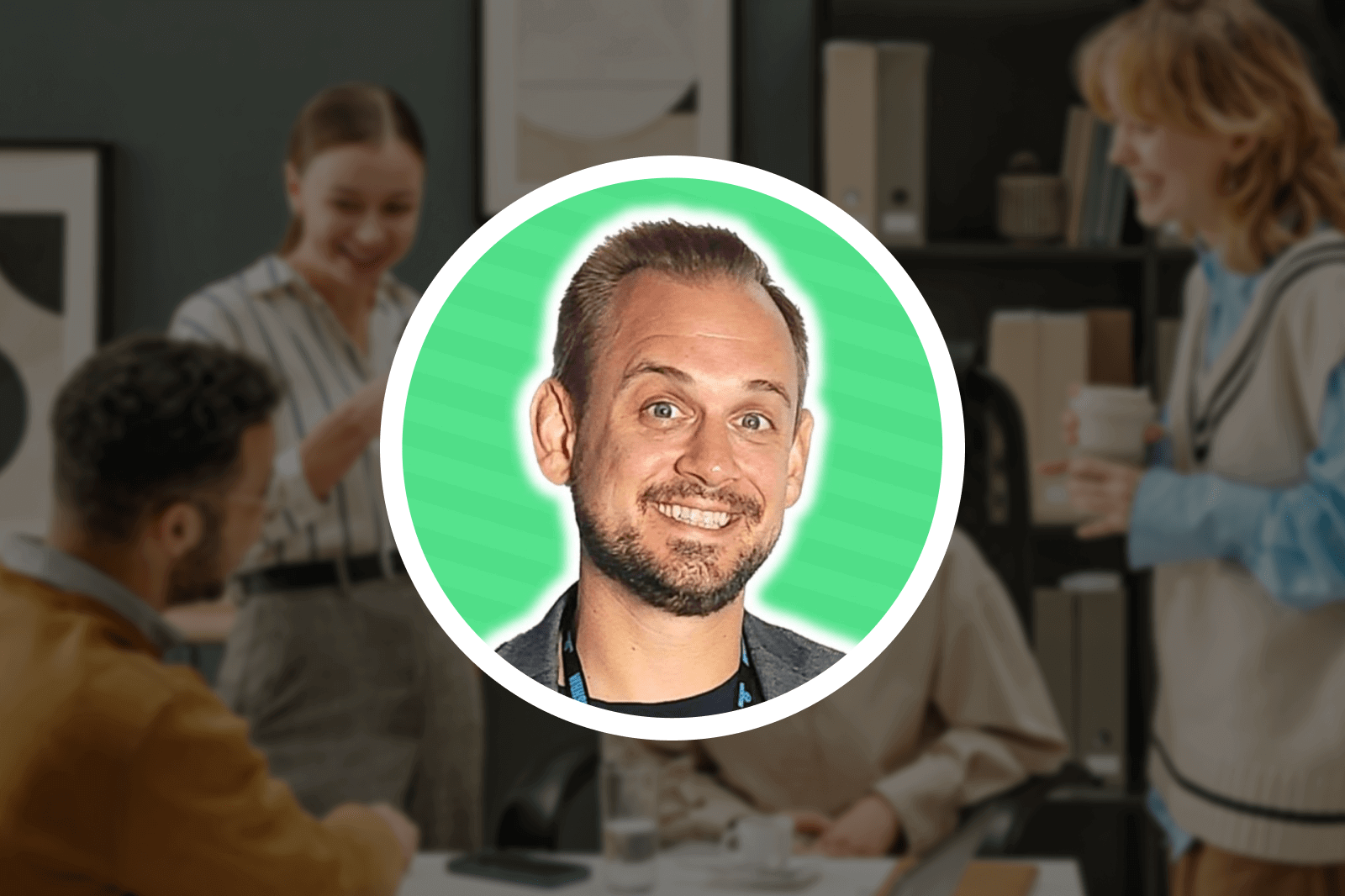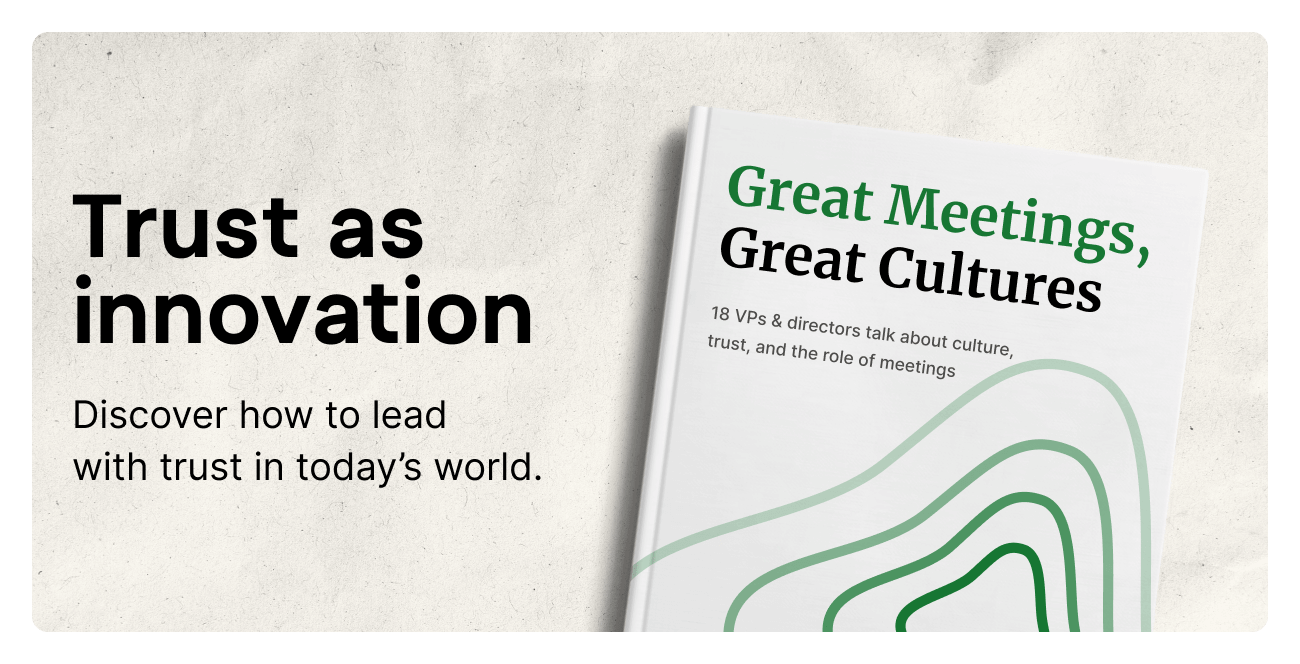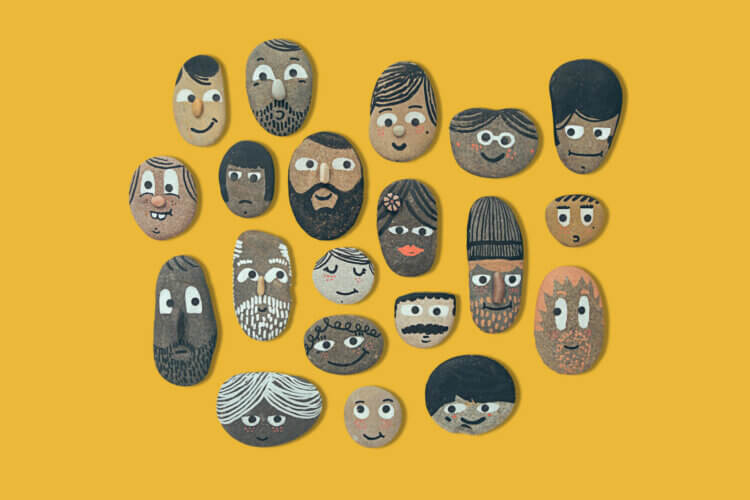Gen Z is reshaping the modern workplace, expected to make up 27% of the global workforce in 2025. Raised with instant access to information, this generation demands transparency, speed, and purpose—values that challenge traditional workplace norms.
To unpack how leaders can adapt, we sat down with Luke Goetting, a leading Future of Work expert and global keynote speaker who has captivated audiences at TEDx, DisruptHR, the AI & Agile Summit, and hundreds of events worldwide, in onboarding Gen Z and millennial talent.
Luke is a sought-after consultant whose expertise has benefited industry giants like Dell, IBM, and Lenovo. His top-rated keynotes include:
- 🎤 Unlocking Gen Z+ Potential: Future-Proofing Your Workforce for Innovation & Growth
- 🎤 The Great Knowledge Acceleration: Bridging Generations in the AI Era
In this interview, he shares why context and communication are non-negotiable for engaging younger employees, how Slido transforms presentations into collaborative experiences, and why the future of work hinges on embracing digital-first mindsets.
Q&A: Understanding Gen Z’s Workplace DNA
Gen Z grew up with the internet at their fingertips. How does that shape their expectations at work?
Luke: “Gen Z is the first pure digital generation. They’ve never known a world without instant access to information. This makes them idealistic but skeptical—they’ve seen economic disruptions, major layoffs in recent years, and pandemic chaos. If you don’t explain why a project matters or how it aligns with their values, they’ll disengage fast.”
He ties this to Slido’s 2024 Workplace Trust Report: “Transparency is paramount to trust. The conversation about your organization is happening whether you participate or not. Share the ‘why’ proactively, or risk losing their buy-in.”
What are the biggest challenges organizations face with Gen Z employees?
Luke: “They expect rapid career growth. Questions like ‘When will I get promoted?’ or ‘What opportunities await me in the next year?’ are common. If companies don’t communicate clearly, Gen Z will pursue other options—including gig work or global remote roles.”
He emphasizes the stakes: “We’re competing with a global talent pool. If a Gen Z employee leaves because they didn’t see a future with you, ask yourself: Did you ever map that vision out for them?”
Communication Styles: Meeting Gen Z Where They Are
How can tools like Slido bridge communication gaps?
Luke: “Gen Z thrives on asynchronous, digital communication. A Slack message feels as natural as a face-to-face chat. But this isn’t just about convenience—it’s efficiency. A 5-minute Teams call often balloons into 30 minutes. Slido’s polls and surveys let leaders gather feedback without derailing workflows.”
He shares a game-changing example: “I use Slido’s ranking polls to let audiences choose the flow of my keynotes. At the ATD Southwest Learning Summit, 300+ attendees picked ‘examples’ over ‘strategies’—so we dove into success stories first. The energy was electric.”

💡Explore 5 best practices to make the most out of ranking polls
How does Gen Z respond to interactive tools like Slido?
Luke: “They’re digital natives—they expect seamless tech. After talks, the most detailed survey responses often come from Gen Z. They’re comfortable sharing ideas digitally, which makes Slido a perfect fit for meetings or training sessions.”
He adds with a laugh: “My talks target managers, not Gen Z. But I invite Gen Z attendees to ‘keep me honest’—they’re the first to call out outdated assumptions!”
Strategies for Building a Cohesive, Future-Ready Culture
How can organizations unite Gen Z and millennials?
Luke: “By 2025, these groups will make up two-thirds of the workforce. Luckily, they share a digital-first mindset. The key is personalization: Explain how individual contributions matter. Otherwise, cynicism creeps in—‘I’m just a cog in the machine.’”
He stresses flexibility: “Ditch rigid 9-to-5 structures. Let people work when they’re most productive. Gen Z saw remote work’s value during the pandemic; forcing them back to old norms risks losing top talent.”
What’s your top advice for retaining Gen Z talent?
Luke: “Evolve with them, not against them. Baby boomers retire at 10,000 per day in the U.S.—we need Gen Z’s fresh perspectives to fill that knowledge gap. Use tools like Slido to foster dialogue, and always link their work to a larger purpose.”
But how do we ensure Gen Z doesn’t just replace Baby Boomers—but learns from them?
Luke: “Great point. It’s not about replacement—it’s about knowledge transfer. Boomers hold decades of wisdom that shouldn’t be lost. Organizations need to create intentional moments for that exchange—mentorship, reverse mentoring, even AI-powered documentation of institutional knowledge. Tools like Slido make it easier to ask questions, share stories, and capture those insights in real time. Gen Z brings energy and fresh thinking, but they grow faster when they learn from those who’ve seen the long game.”
His closing thought: “AI and human intelligence must coexist. Slido’s interactivity isn’t just a gimmick—it’s how we bridge generations in the AI era.”
💡Learn more how to use AI to engage your audience in Slido
Connect More With Gen Z Today
Ready to engage Gen Z and millennials in your organization? Try Slido to turn presentations into two-way conversations—whether you’re onboarding talent, hosting training, or brainstorming hybrid strategies.
Connect with Luke Goetting to learn more about generational workplace dynamics.





